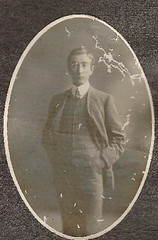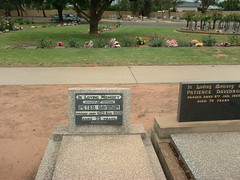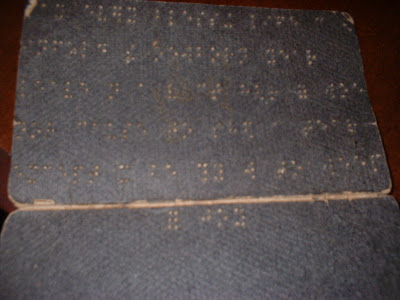Getting back into work mode after the xmas and new year break isn't easy, is it? My transition into work mode was helped by opening up my work emails and finding an acceptance for a journal article. I was over the moon (as usual) and even more so when i found that i only have to check copy editing corrections. This article was submitted to the Journal of Early Childhood Research and is the first one that I wrote about transcription. At the time of submission (see my blog post of April 2008) I was pretty happy with the article, especially because of feedback that friends provided. I thought it the best work I've done so far in relation to journal writing. And, I am especially thrilled to produce something about transcription according to the writing "program" that i set myself at the end of 2007 i.e. to write a series of three articles about transcription.
In a number of ways, 2008 didn't feel so productive because I didn't publish much, however at the time I put that down to dealing with new data (in the case of the At Home in Cyberspace project)and to the time it took to complete a review of transcription literature from 1979-2009. I am hopeful that I will see the fruits of that labour in 2009.
The slow crawl towards having a good publication record has taught/is teaching me a lot. Most especially, I have seen how important it is to keep writing, even when teaching during term, given the time it takes to produce an article and get it accepted. I've tried to stick to doing writing every morning and delaying opening work emails and dealing to other matters that are pressing until I've written. Writing comes first and then the rest.
I'm not ashamed to say that writing journal articles hasn't come easily to me but I am pleased to say that it is getting easier. In some ways, writing and getting published has kept me in the game at a time when higher education work can be dire. Setting personal goals has worked a treat in relation to that. My writing on transcription has really come out of a desire to make a contribution to research in relation to transcription and was driven by a lot of questions that my PhD work provoked in relation to transcribing multi-party talk in the classroom. I could have let it go but the more I read about transcription, the more I realised that i did have something worthwhile to say. And, saying something worthwhile seems to me to be the only tenable game in town if I'm to continue as an academic in difficult times.
So, I've returned to some good news and a need to write some more. I have to finish the Wiggles paper, and I need to analyse some more data to write some more. I've been doing some reading which also helps to inspire. Today i've been reading some chapters from:
Hutchby, I., and Moran-Ellis, J. (Eds.). (2001). Children, technology and culture: The impacts of technologies in children's everyday lives. London; New York: RoutledgeFalmer.
It's a great book and I've particularly enjoyed a couple of chapters:
Robinson, I., and Delahooke, A. (2001). Fabricating friendships: The ordinariness of agency in the social use of an everyday medical technology in the social lives of children. In I. Hutchby and J. Moran-Ellis (Eds.), Children, technology and culture: The impacts of technologies in children's everyday lives (pp. 81-96). London; New York: RoutledgeFalmer.
Hemmings, T. A., Clarke, K. M., Francis, D., Marr, L., and Randall, D. (2001). Situated knowledge and virtual education: Some real problems with the concept of learning and interactive technology. In I. Hutchby and J. Moran-Ellis (Eds.), Children, technology and culture: The impacts of technologies in children's everyday lives (pp. 97-113). London; New York: RoutledgeFalmer.
The second article was particular illuminating for its consideration of children's interactions with technology designed for learning (in a museum). I made connections between the article and my own work on the Wiggles game, whereby (1) a relatively simple game (in adult terms or those of more competent gamers)is occasioned as complex when used in the home by a child or children, and (2) the educational value designed into a game is not necessarily taken up in its use.
Plenty to bring to fruition in my work in 2009!









